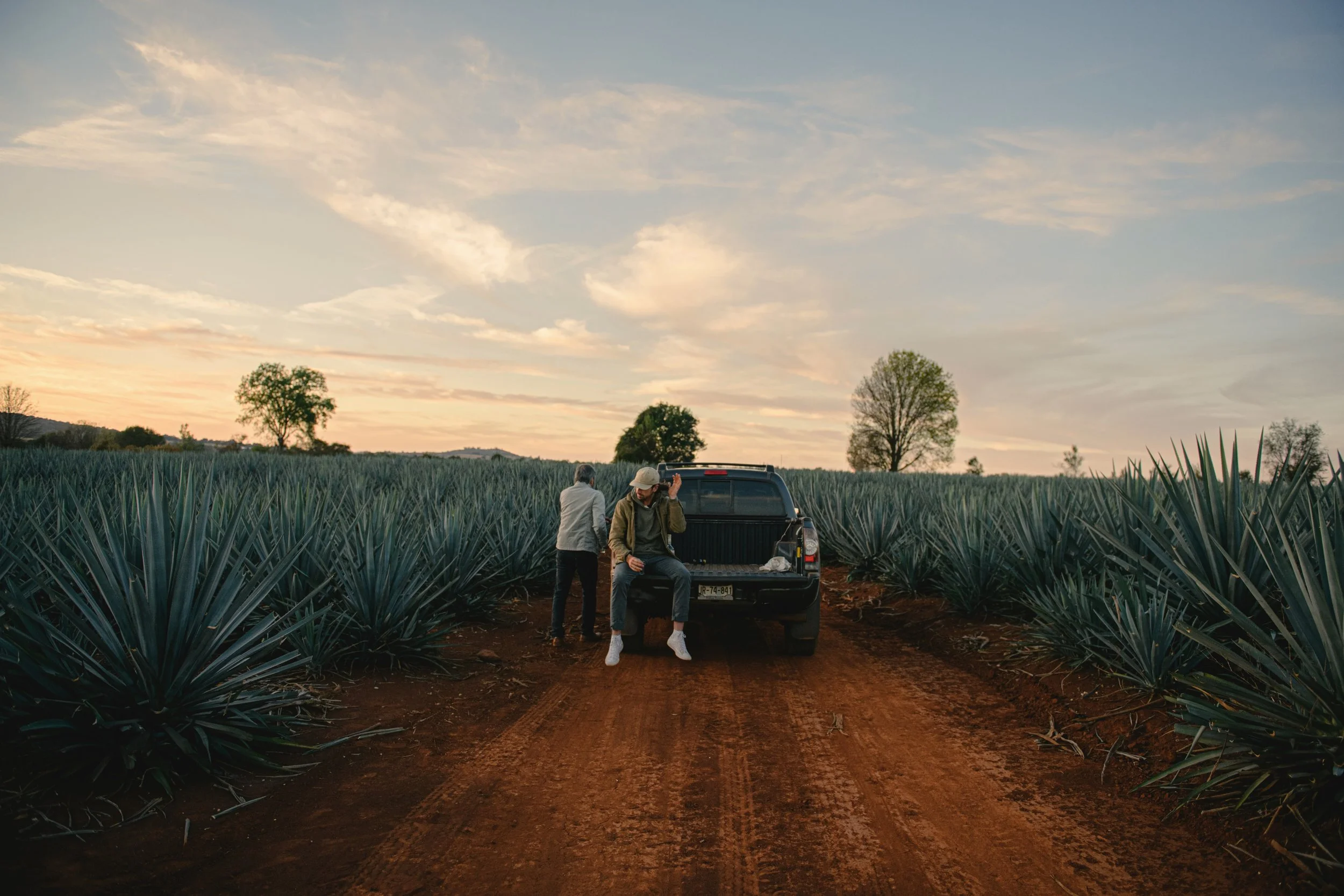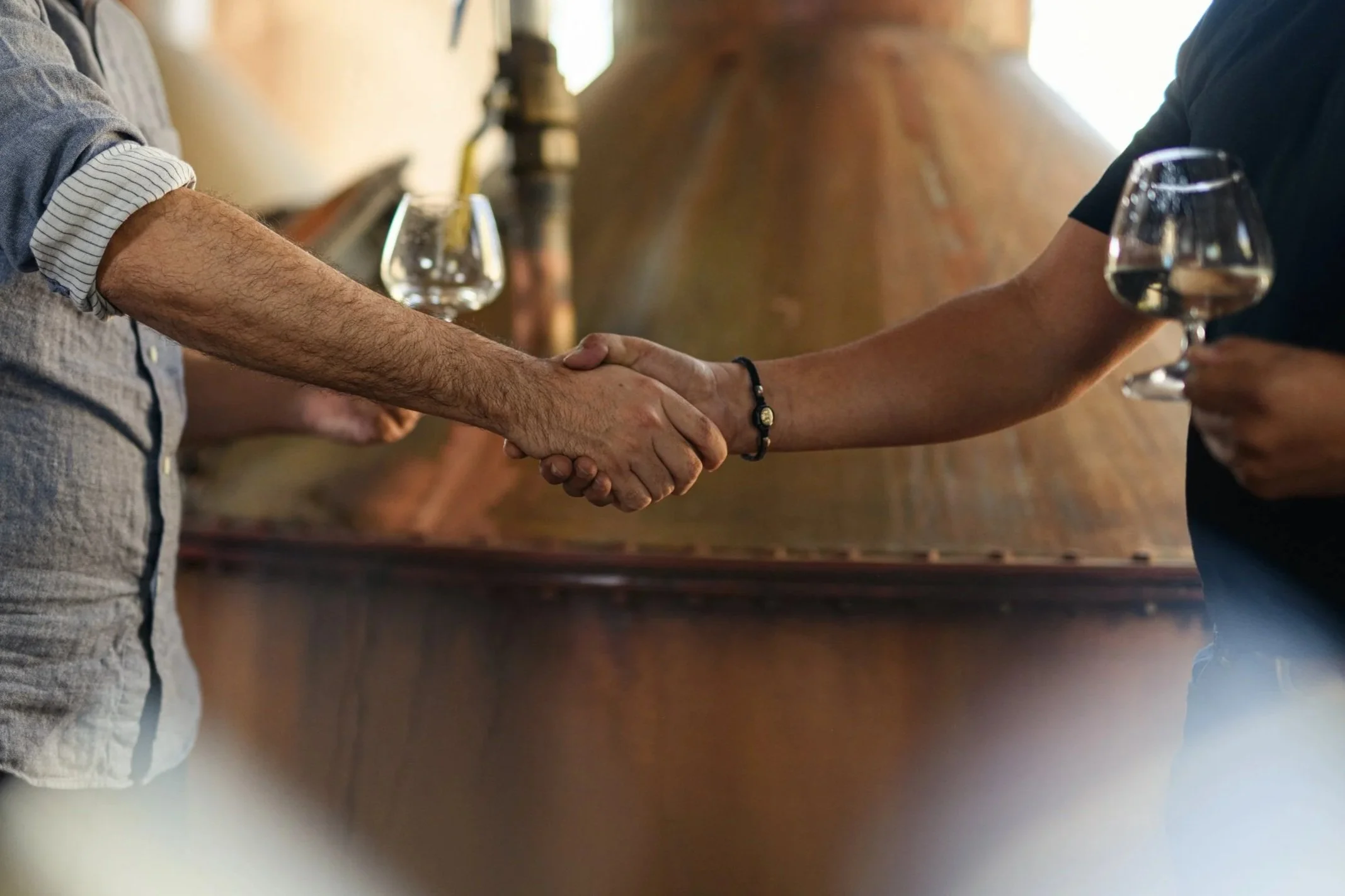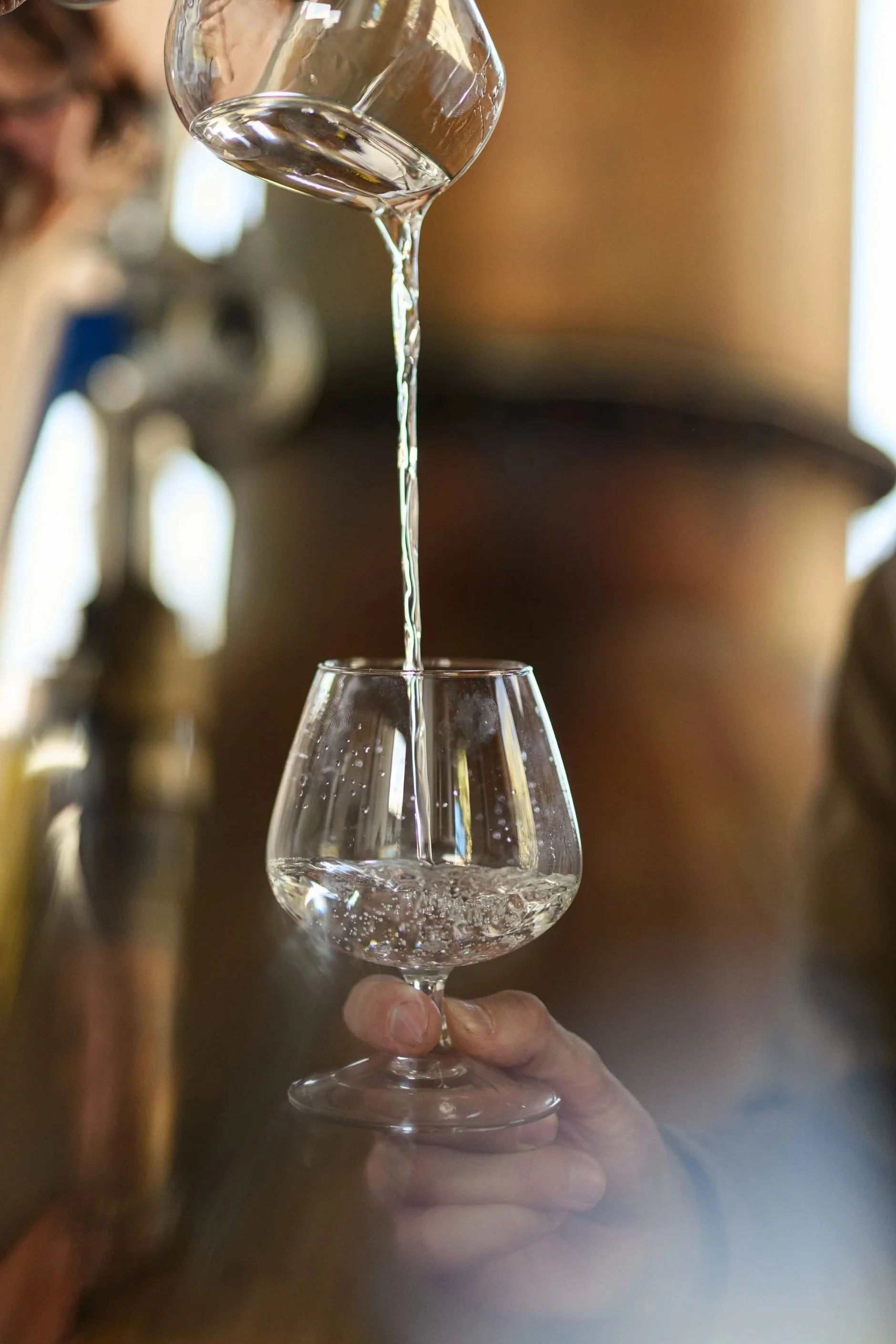
How Sobremesa is Made
It starts in the fields. Tequila is only as good as the agaves. Sobremesa uses mature, 7 year old agaves coming from both the volcanic soil of the tequila valley and the mineral rich, red earth of the highlands of Jalisco.

Cooking
After harvesting the agaves, they are brought to the distillery and placed in the traditional brick oven where they slow cook for 48 hours. This step converts the starches in the agaves into sugar, which is then extracted and turned into alcohol.

Extraction
The next step is to shred and squeeze the cooked agave, extracting the sugary liquid. This agave juice is called mosto, and it contains the sugar we will convert to alcohol in the next step of the process. Sobremesa uses a traditional roller mill, called a molino, which presses the agave fibers until all of the juice is extracted.

Fermentation
Sobremesa ferments in stainless steel tanks with open air, and uses a unique strain of champagne yeast, helping achieve the buttery and sweet notes of the final product.

Distillation
Sobremesa is double distilled in traditional copper pot stills, as opposed to the more common and industrial steel stills of today. After the second distillation, we officially have tequila.

